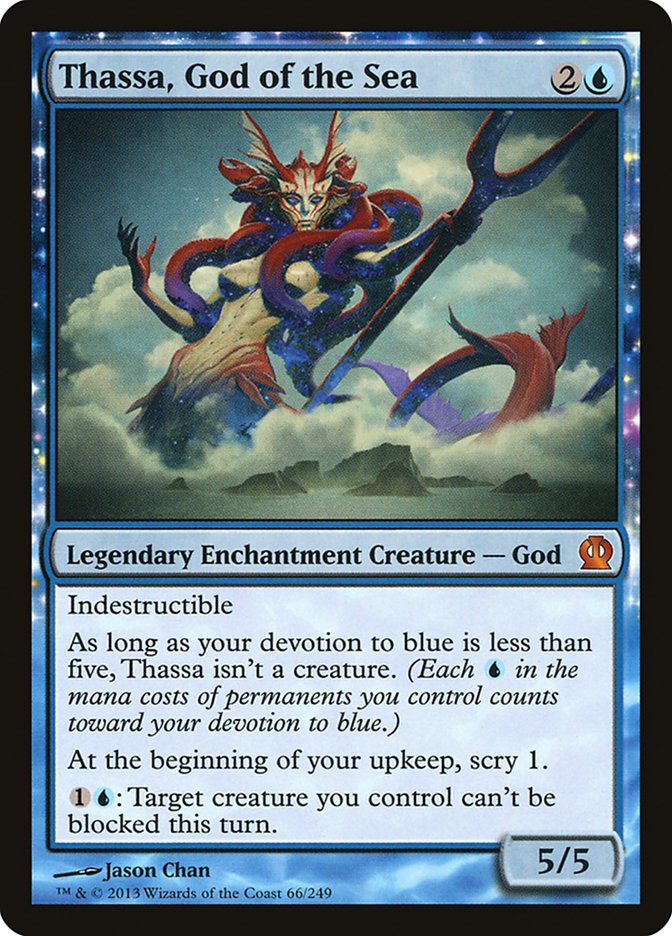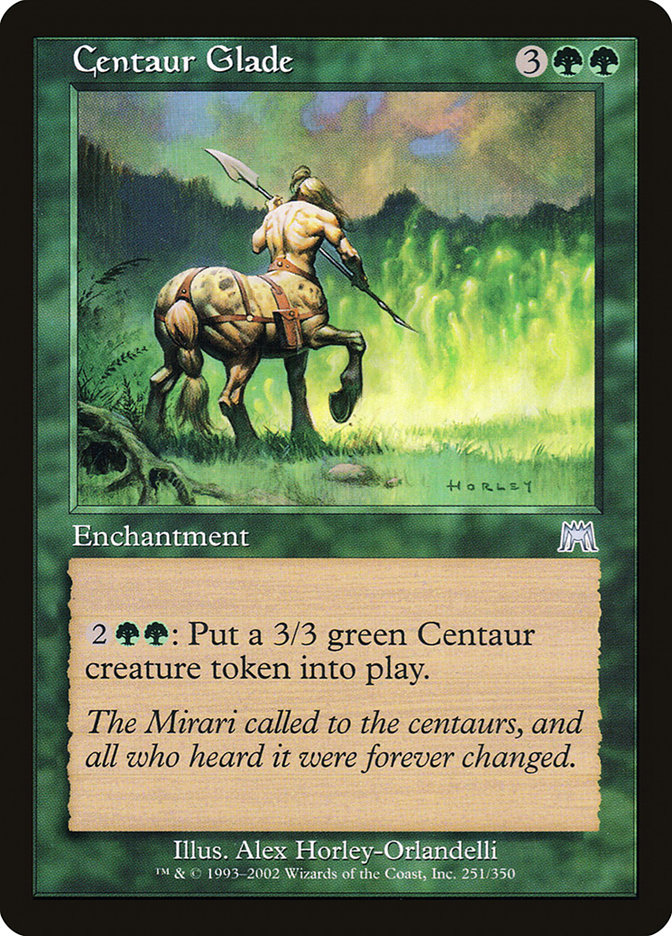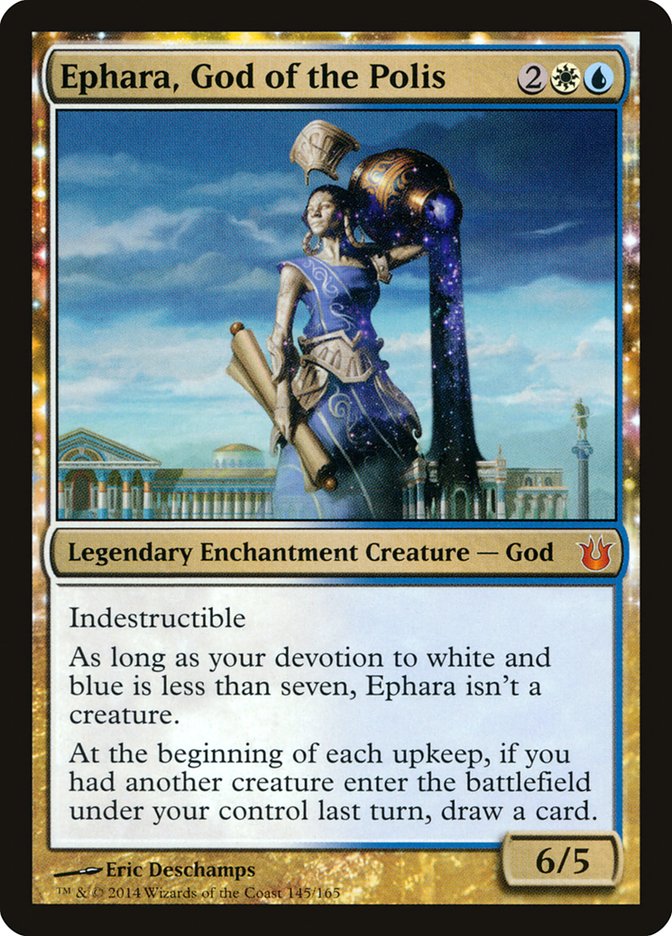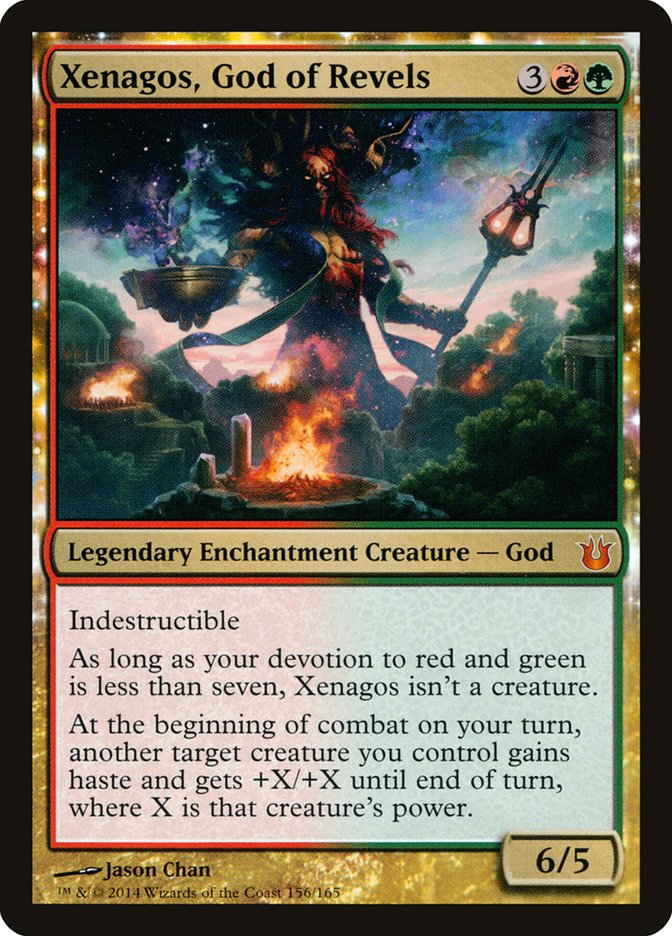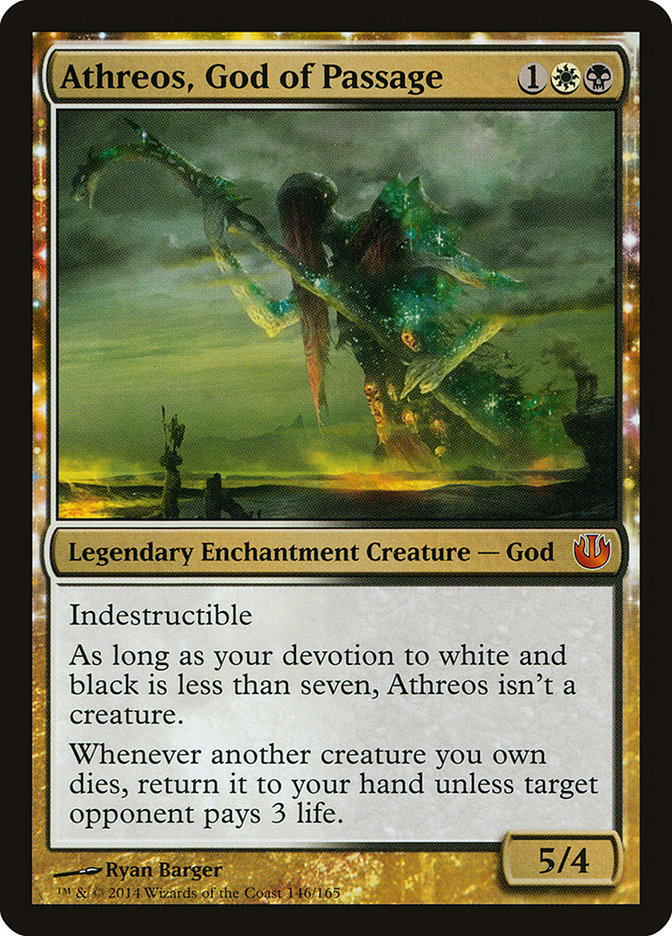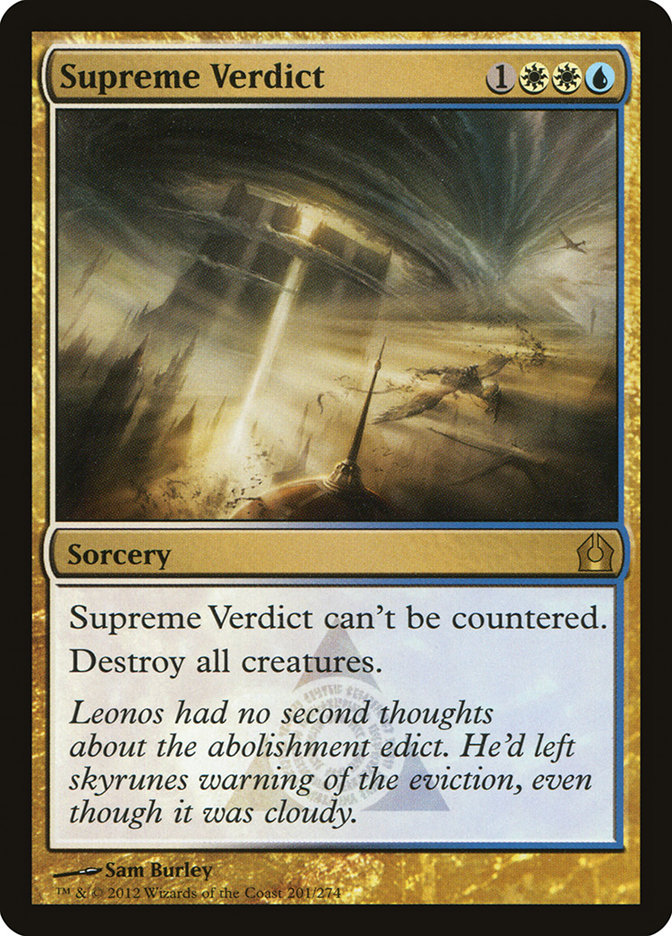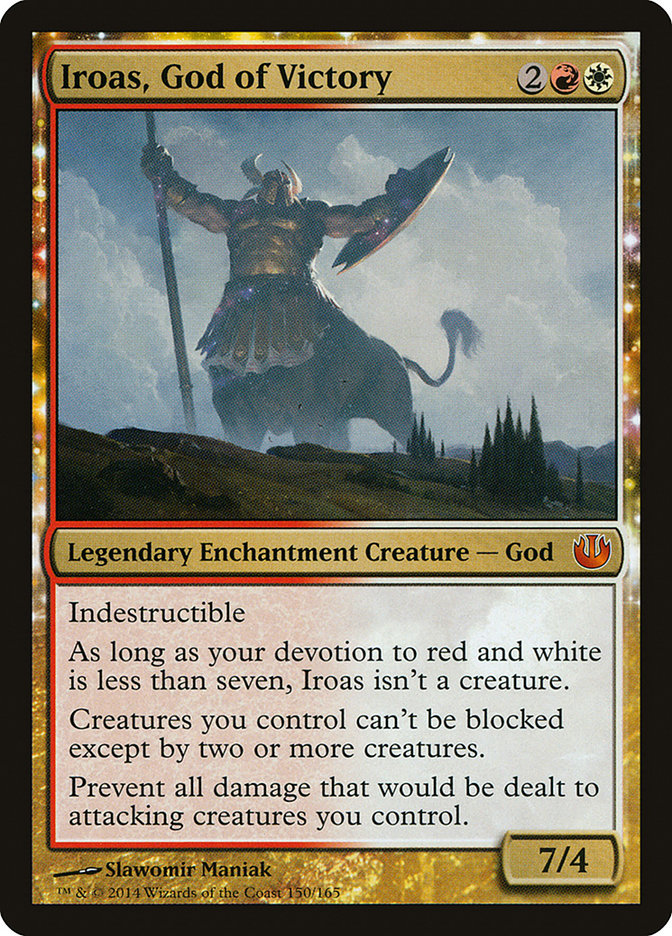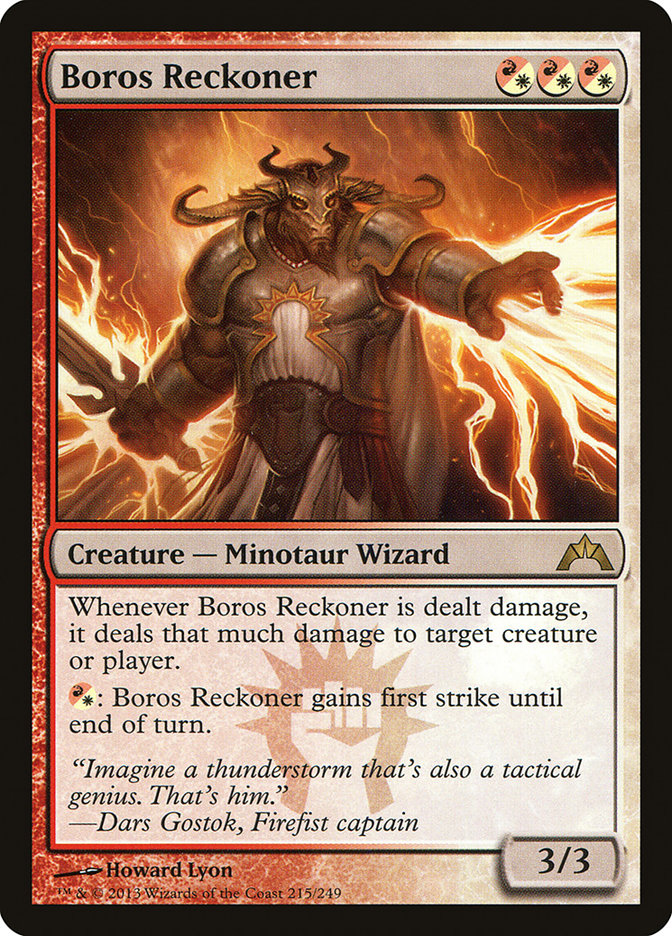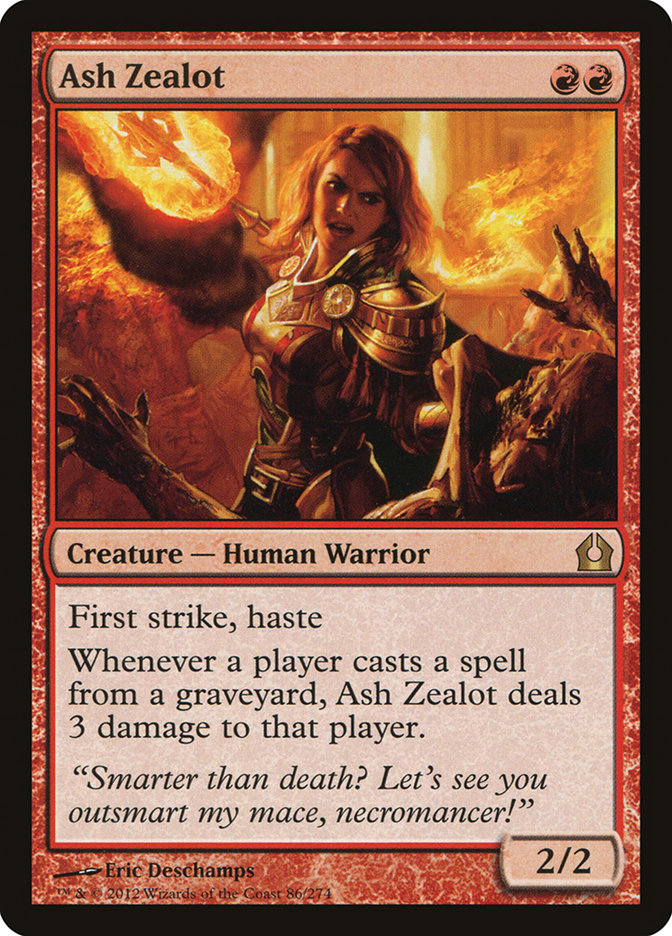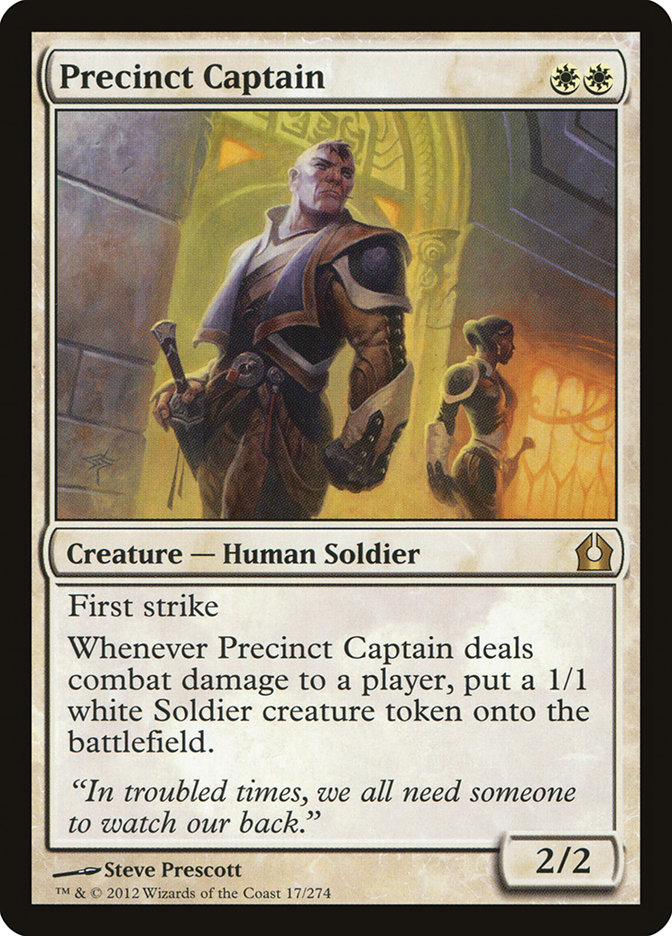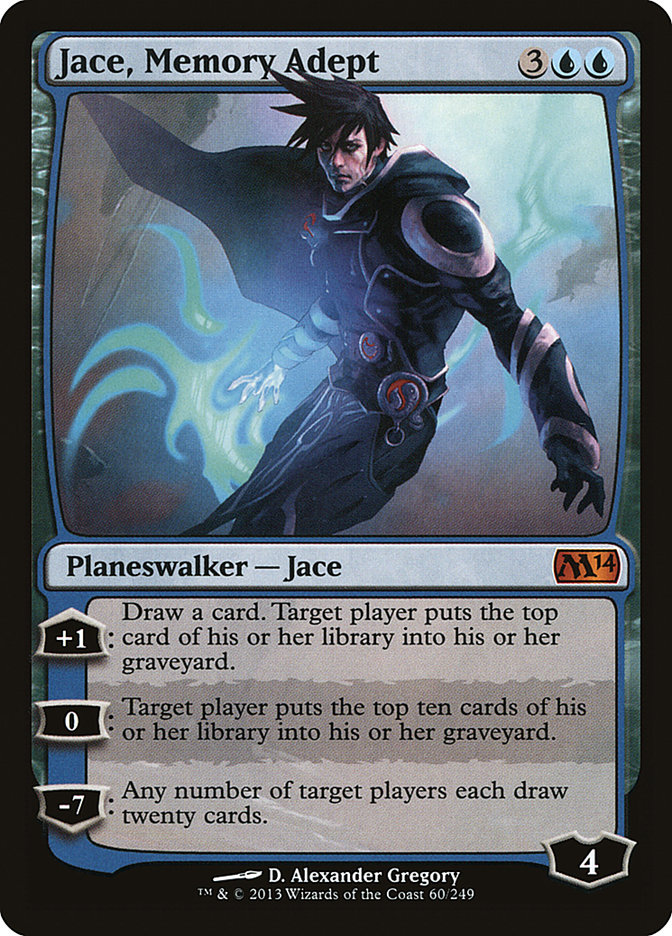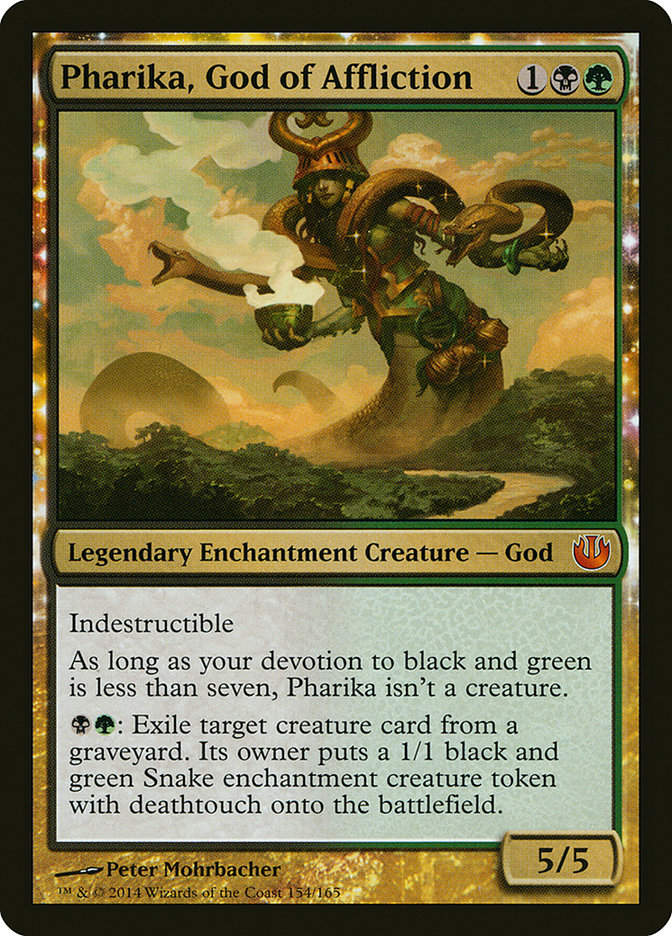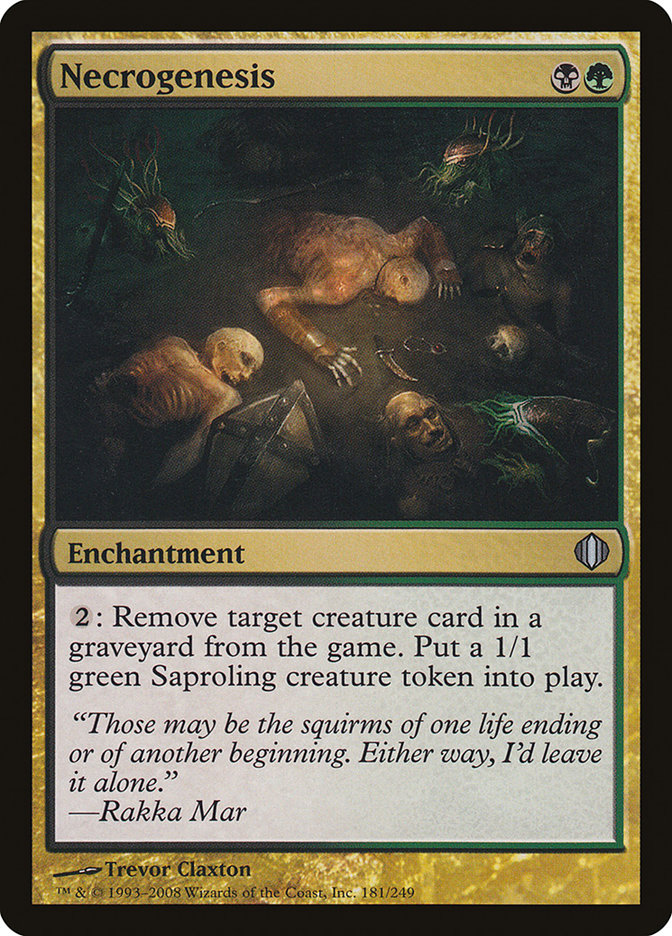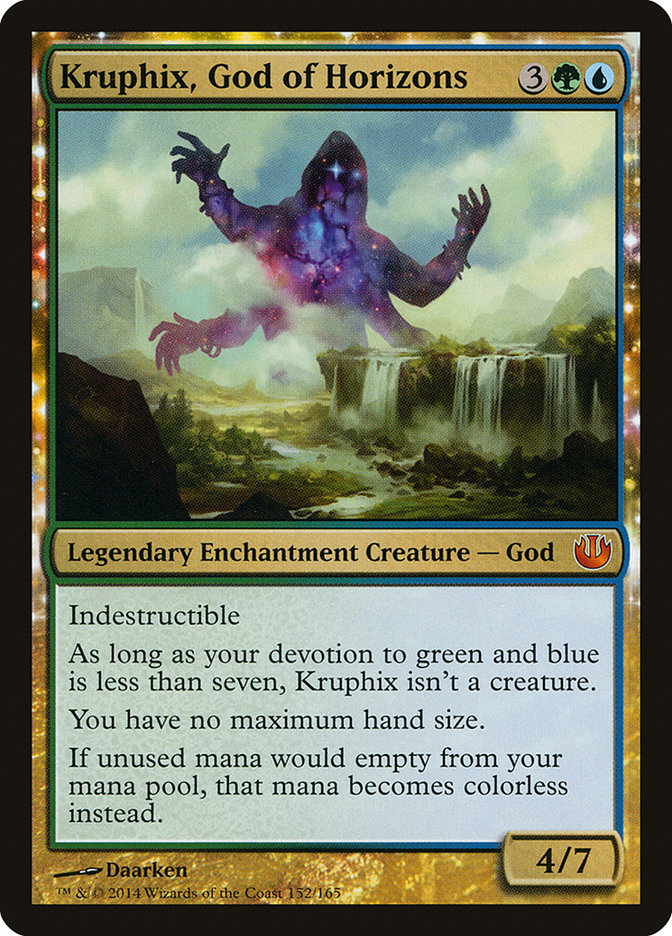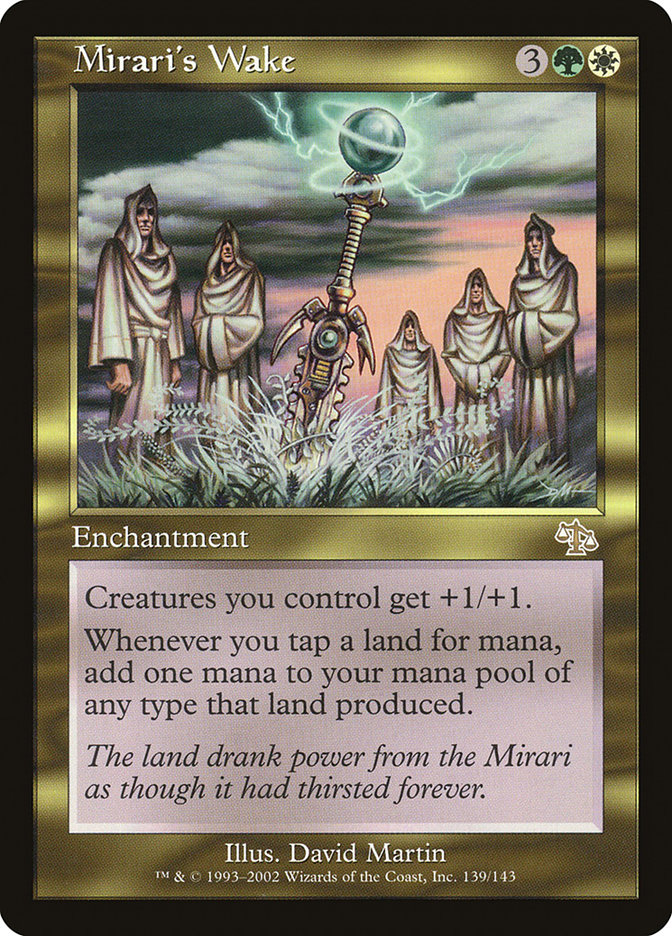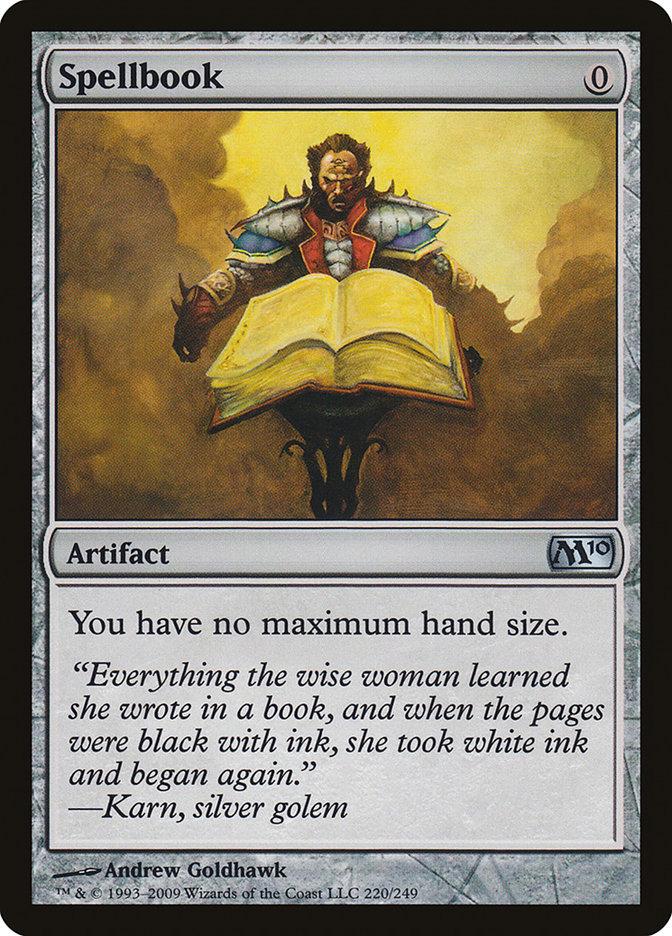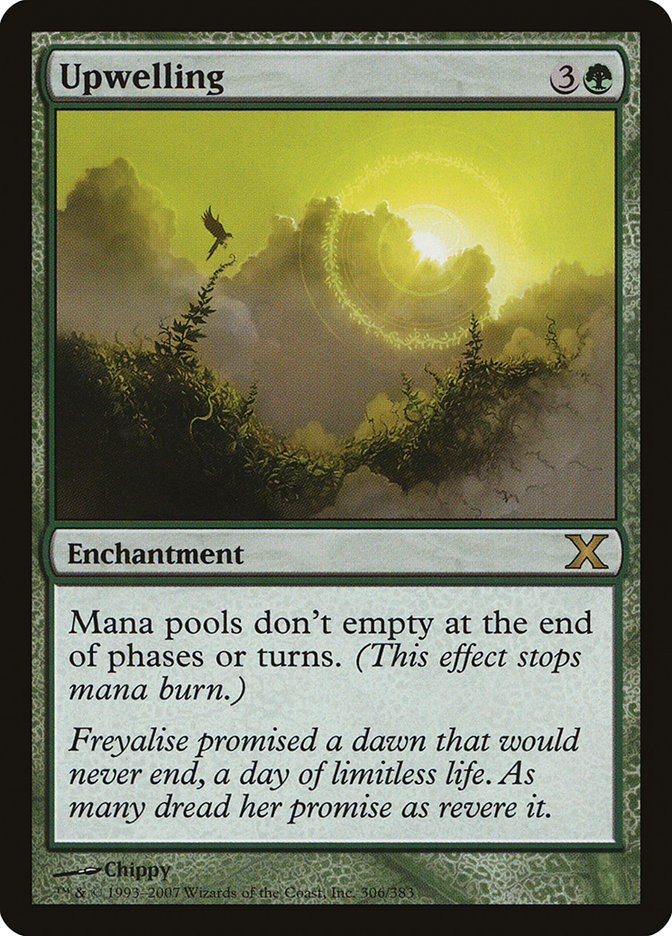I hate the gods.
There, I said it.
No, I’m not some sort of extremely sacrilegious person, using my position as a writer as a soapbox to preach my religious beliefs.
Rather, I’m referring to the Gods of Theros.
Aside from Thassa, God of the Sea, they all pretty much suck.
Yes, they are flashy. Yes, they have got huge power and toughness. And yes, they are indestructible.
But most of these things don’t really matter. Their power and toughness is almost irrelevant considering the difficulty in actually bringing them to life, and even if they do become creatures, they are just dumb evasion-less ground pounders. The fact that they are indestructible is also pretty irrelevant, as enchantments are traditionally one of the most durable card types anyway.
The biggest issue however comes from what has always been the biggest issue with four- and five-mana artifacts and enchantments that don’t directly affect the board—it is extremely hard to tap out on turn 4 or 5 and not affect the board in any way in any sort of a competitive environment and still win unless it is for something like Mirari’s Wake, which allows you to essentially win the game when you untap the following turn. This can be deceiving because the Gods actually have a power and toughness and look more effective than they actually are.
However, when you tap out on turn 4 for your Heliod, God of the Sun, what you are effectively getting is essentially a glorified one of these:
In some cases, like Erebos, God of the Dead against slow attrition-based decks, this can be good enough. However, in most scenarios this devastating loss of tempo is often unrecoverable. While some of the Gods like Purphoros, God of the Forge are pretty powerful once they get into play and are not that hard to turn on, you often find yourself having other things to do against an opponent that is actually interacting with you. This is up to and including continuing to apply on-board pressure to keep yourself alive.
While the monocolored gods aren’t as bad because five devotion is somewhat reasonable, the multicolored gods from Born of the Gods and Journey into Nyx are especially difficult to turn on. This is not just because they require one more devotion but because getting to that devotion in a two-colored deck can be much more difficult. This even further relegates them to enchantment-only status, and as such they must be judged only as four- and five-mana enchantments. Any time you can turn them on is essentially just a bonus.
Only Ephara, God of the Polis and Xenagos, God of Revels have seen any play at all in Standard, usually at one or two copies, and neither has come close to the hype that surrounded them. Aside from various U/W Control decks, Standard is a pretty “on the board” format, and it’s very difficult to waste an entire turn not committing an immediate threat to the board or immediately answering the opponent’s on-board threat.
Despite pretty much every non-Thassa God’s failure in serious Constructed Magic, we’ve got yet another bunch of them to evaluate now. Awesome. I can hardly contain myself.
We’re going to look at all of these Gods as enchantments only because in most cases it’s going to be very difficult to animate them. Once we strip off the glamour of “Legendary Enchantment Creature – God” and their very large power and toughness, they are much easier to evaluate with a level head.
Luckily, this batch has a pair of three-mana Gods, which is a bit more reasonable.
Or, as it might as well read:
Athreos’ Passageway
1WB
Legendary Enchantment
Indestructible
Whenever another creature you own dies, return it to your hand unless target opponent pays 3 life.
We start with one of the best of the bunch: Athreos, God of Passage. The difference between three and four mana is a huge divide, and Athreos does a pretty good job of giving an aggressive deck the legs it needs to grind the opponent out after a fast start. Despite Athreos’ ability having the punisher mechanic of giving your opponent a choice, in an aggressive deck that is going to be pressing its advantage. Turning your dead creatures into Lava Spikes is pretty good.
However, it is this narrowness that will leave Athreos pretty much locked in to one task. Unless your deck is very aggressive, your opponent is going to have no problem choosing to just pay the three life if need be, and the tempo you lose from essentially wasting your turn 3 will give them the buffer they need to feel comfortable paying the life.
Any deck interested in Athreos is going to either want to have a very low aggressive curve or be both aggressive and capable of turning him into a creature fairly consistently.
One thing that is very nice about Athreos is that one of the biggest issues for devotion decks trying to turn on their Gods is how vulnerable they often leave themselves to Supreme Verdict. Athreos plays around Supreme Verdict quite nicely.
B/W Aggro by Jim Davis
4 Soldier of the Pantheon
4 Rakdos Cackler
4 Tormented Hero
4 Gnarled Scarhide
3 Spiteful Returned
1 Imposing Sovereign
3 Underworld Coinsmith
3 Athreos, God of Passage
3 Master of the Feast
4 Thoughtseize
2 Orzhov Charm
1 Ultimate Price
4 Mana Confluence
4 Godless Shrine
3 Temple of Silence
3 Plains
8 Swamp
2 Mutavault
Speaking of aggressive Gods . . .
Iroas’ Victory
2RW
Legendary Enchantment
Creatures you control can’t be blocked except by two or more creatures.
Prevent all damage that would be dealt to attacking creatures you control.
Iroas, God of Victory is also fairly one sided but in an opposite way from Athreos. While Athreos is only really good in an aggressive deck with a lot of creatures, Iroas is only very good against a deck with a reasonable amount of creatures. Against a deck like U/W Control, Iroas is almost a blank card. Iroas actually reminds me a lot of a card that used to see a little bit of sideboard play in Standard:
As a one- or two-of in the sideboard against other creature-heavy decks, I liked Gruul War Chant a lot as a curve topper to help aggressive G/R decks break through. However, it was just that—a one- or two-of in the sideboard.
While Iroas is very good when you’re attacking into an opponent who is using blockers to defend themselves, it’s pretty worthless otherwise. At least Gruul War Chant gave you a power boost, and in that way it also acted as a pseudo-haste creature.
The only plus to Iroas is that he resides in the two colors that are perhaps best suited to turn on his devotion.
The curve of turn 2 Ash Zealot, turn 3 Burning-Tree Emissary into Hammer of Purphoros, turn four Iroas attack for eleven hard to block damage is pretty insane, and unlike pretty much every other God, Iroas actually comes with a built-in form of evasion. This is the only thing I can see that can make Iroas anything more than a sideboard card.
Creatures (26)
- 4 Ash Zealot
- 4 Frostburn Weird
- 4 Burning-Tree Emissary
- 4 Boros Reckoner
- 4 Stormbreath Dragon
- 2 Iroas, God of Victory
- 4 Prophetic Flamespeaker
Planeswalkers (2)
Lands (24)
Spells (8)

While Iroas and Athreos are both very aggressive Gods, the U/R God is anything but.
Keranos’ Storm
3UR
Legendary Enchantment
Indestructible
Reveal the first card you draw on each of your turns. Whenever you reveal a land card this way, draw a card. Whenever you reveal a nonland card this way, Keranos deals 3 damage to target creature or player.
Of all the Gods, Keranos, God of Storms is the one that most feels like a powerful enchantment. This is a good thing because typically U/R is the most spell-based color pair and is not going to have enough permanents to animate him.
Keranos is perhaps the cleanest of the Gods, as he does not make you jump through any hoops for his card advantage. Whereas our first two Gods clearly have an aggressive focus, Keranos is almost like a planeswalker in a way. Every turn he is going to either draw you an extra card or cast a free Lightning Strike for you. Both of these are pretty attractive options and worth the investment even without the possibility of animating him.
However, these attractive options come at a cost. The first and most difficult resides in the top right-hand corner of the card. There’s a reason that five-mana planeswalkers are often difficult to play, and even then only the ones that can affect the board directly are usually effective. Five mana is a huge amount, and turns 5 through 7 are often a crucial point in the game. While the advantage that Keranos will give us over all of our next turns is undeniable, if the tempo we lose casting him causes us to lose the game shortly after, he is clearly not worth it.
Is Keranos really going to be better than the rarely played Jace, Memory Adept? He has a very similar function of essentially drawing a card a turn but lacks the upside of being a win condition that can kill in four turns.
Creatures (2)
Planeswalkers (12)
- 1 Jace, Memory Adept
- 4 Jace, Architect of Thought
- 2 Ral Zarek
- 3 Chandra, Pyromaster
- 2 Ashiok, Nightmare Weaver
Lands (27)
Spells (19)

Our third and final entry in the three-mana God club is the G/B god:
Pharika’s Affliction
1BG
Legendary Enchantment
Indestructible
BG: Exile target creature card from a graveyard. Its owner puts a 1/1 black and green Snake enchantment creature token with deathtouch onto the battlefield.
Pharika, God of Affliction follows the same idea as Athreos in that she seems like she will be at her best in a fairly aggressive creature deck looking for some gasoline in the midgame to help close things out. However, Pharika doesn’t require massive aggression and is definitely a bit grindier of a card. In fact, she’s very similar to a pretty sweet old Golgari card:
In fact, Pharika is even a bit better because of how much more effective a 1/1 deathtouch token is than a vanilla 1/1. However, there is one line of text that is a major issue:
“Its owner puts a . . . ”
This means that Pharika can only remove your own graveyard for value and should only really be used on your opponent’s graveyard in dire circumstances. This sucks. Even as a souped-up Necrogenesis, Pharika would still barely be playable, but without the ability to profitably interact with your opponent’s graveyard, Pharika is an awful enchantment.
This means the only saving grace for Pharika is if we can make her into an undercosted creature on a reliable basis. Here’s a hint—we can’t.
Pharika sucks.
Creatures (34)
- 4 Dreg Mangler
- 4 Lotleth Troll
- 4 Experiment One
- 2 Varolz, the Scar-Striped
- 4 Elvish Mystic
- 4 Kalonian Tusker
- 2 Boon Satyr
- 2 Pain Seer
- 3 Gnarled Scarhide
- 2 Master of the Feast
- 3 Pharika, God of Affliction
Lands (23)
Spells (3)

Our last God is the strangest for sure:
Kruphix’s Horizons
3GU
Legendary Enchantment
Indestructible
You have no maximum hand size.
If unused mana would empty from your mana pool, that mana becomes colorless mana instead.
It seems pretty clear that this card was designed with 100-card decks in mind, not 60. Kruphix doesn’t actually provide you with anything; rather, he provides you with storage for the things that you already have. Why have only six mana on your turn when you can wait three turns to have eighteen? Why discard four cards from your Sphinx’s Revelation for ten when you can just keep them all?
Kruphix might as well be called the “God of Excess.”
For a five-mana enchantment that is supposed to give us a mana boost, this is the kind of card we want:
But instead, we get these two tournament powerhouses stapled together:
It’s no surprise that neither of these has really seen any tournament play ever. We don’t even have Eldrazi, Mindslaver, or some other stupidly expensive card to try to cast except for a big Sphinx’s Revelation. I’m more than content casting Sphinx’s Revelation for six—I don’t need to cast it for sixteen. And even if we manage to make it into a creature, a 4/7 indestructible creature for 3UG wouldn’t even be playable if it was always turned on.
Maybe there’s something wacky to do with this card in Standard and I’m just not seeing it, but as far as tournament play goes this card is quite the dud.
Creatures (8)
Lands (52)

I’m gonna be real with you guys—I have no idea what one would even do with Kruphix in a competitive Standard deck. Kruphix literally gives you nothing but excess, and I can’t even fathom a scenario where I would ever want to cast it in a competitive Constructed format. The furthest I got was using Prophet of Kruphix to bank all the mana from your opponent’s turns, but even then why not just cast something relevant instead of a five-mana do nothing?
So I present my challenge to you for the day:
Brew a competitive Standard deck with Kruphix in it that uses him in a meaningful and useful way (in other words, don’t just throw one Kruphix into an already established Bant Control deck). The person who makes the most reasonable-looking list that would actually be somewhat competitive at a Friday Night Magic will get a shout out in my next article!
While I am not excited about the prospect of the new Gods, I am excited to see where they end up. I’ve heard varying opinions on them from a lot of different people, and they are definitely cards that need to be played with to fully understand.
A lot of pretty sweet cards have been spoiled from Journey into Nyx so far, as you can see by me using a lot of them in the above decks. Next week I look forward to discussing some of the best ones.

